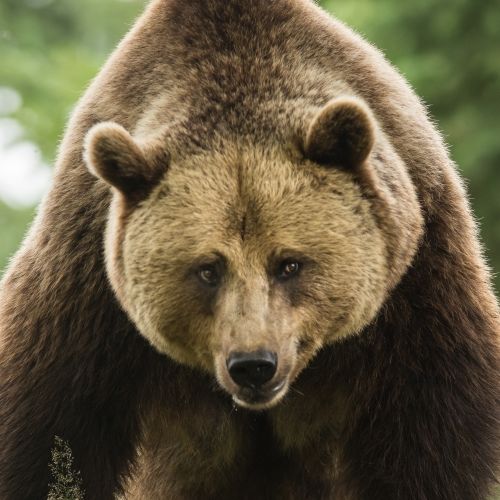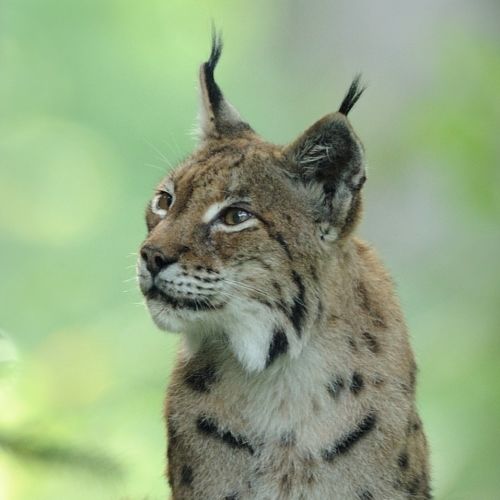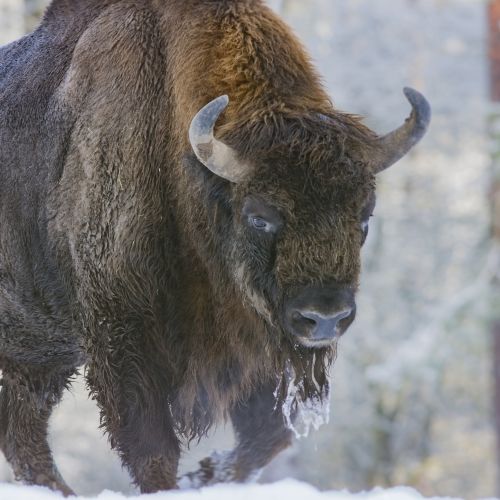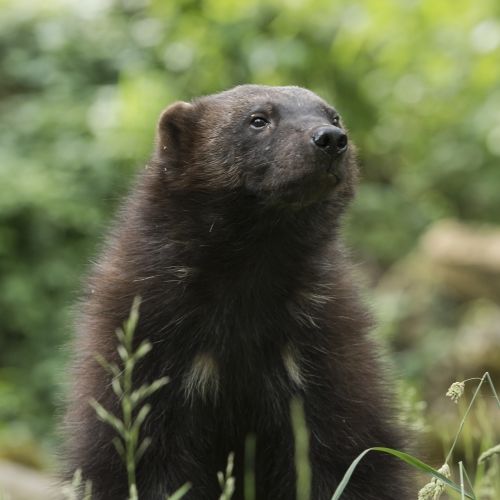The white stork
The river gently winds its way through the green grasslands. A dragonfly, a comely emerald-green dame with a silver hue, delicately lands her slender legs on a mossy rock. With its legs in translucent water, a stork is dabbling, cooling down. The long-legged bird is impressive, magnificent. The rhythmical clattering of the stork’s beak mingles with the softly murmuring river to form a joyous chant, almost as if Mother Nature has burst out singing. The elegant wading bird then spreads its wings and takes flight towards new horizons.

Globetrotter
The white stork is a migratory bird that crosses long distances to winter in Africa. Its wings, with a wingspan of up to a whopping 165 cm, allow it to glide with ease. Using its large wings it soars upon rising warm air currents created by the sun to glide and use as little energy as possible. This is why the stork flies by day and can rise up to very high altitudes, up to 3.500 m. The stork is known for the huge nest it builds. The male painstakingly builds the enormous nest, while the females choose the nicest one to settle in. These very impressive stork nests can weigh over 500 kg!
Man has always attributed positive virtues to the stork. It is a bird of good omen that incarnates fecundity, fidelity and longevity. According to an Alsatian (a department in north-east France) legend, it is the stork that brings babies. It suffered a very severe decline in the 20th century because of human activities: pesticides, high-voltage power lines...
Although it is a protected species all over Europe, the stork is still hunted in Africa.
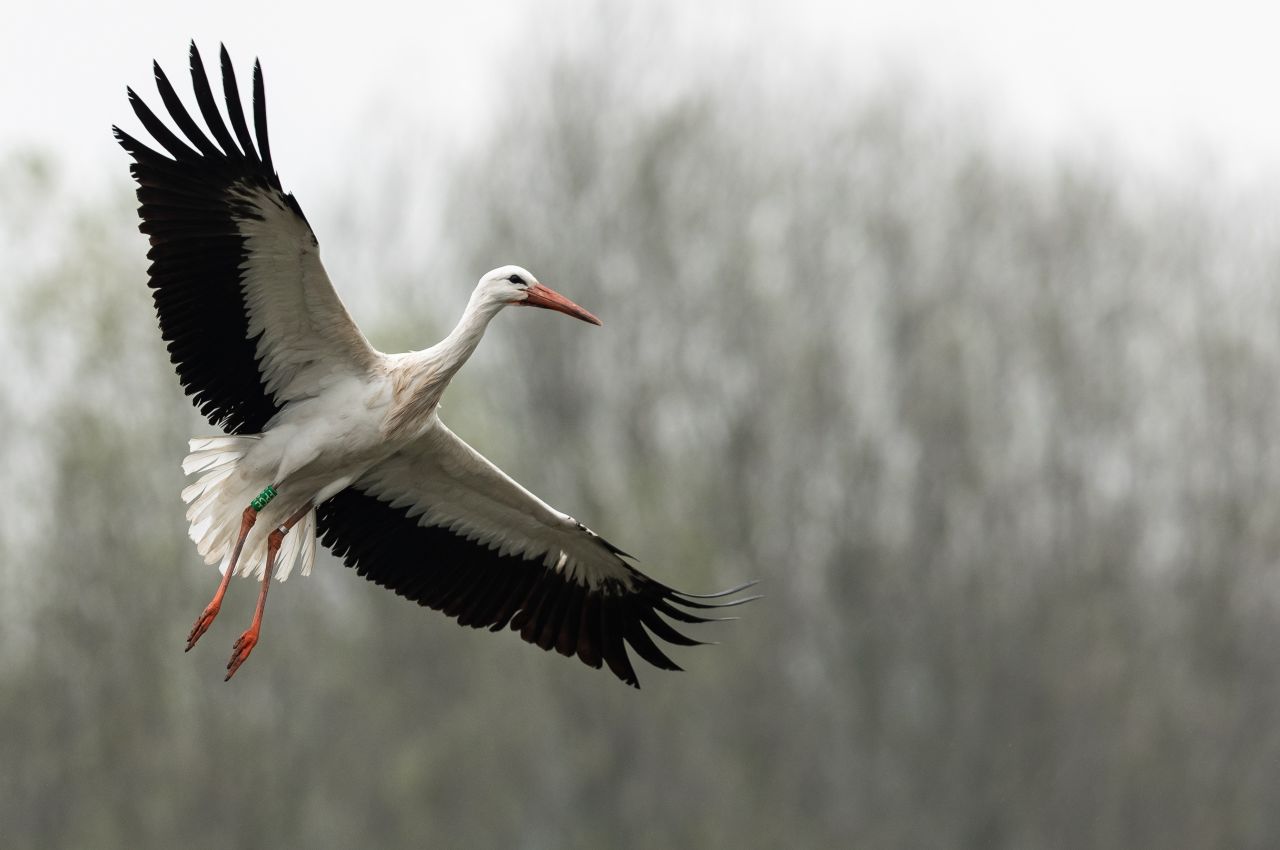
Social life
The white stork is predominantly a solitary animal, but it lives in pairs during the nest building period. It becomes gregarious when travelling or wintering. On wintering grounds, groups of white stork sometimes number several thousand individuals. Strictly speaking, they have no social structure. The white stork displays elaborate courtship rituals, adopting strange postures and throwing its head back until it touches its back, while making a noisy bill-clattering with its beak. Storks mate for life. The female lays 4 to 5 eggs which will hatch after 30 days. The parents feed the fledglings by regurgitating food into the nest, who then jostle and peck at their food.
Did you know that?
The white stork does not sing, nor does it have a proper call. It communicates by bill-clattering: it rapidly opens and closes its beak, making a knocking sound.
The white stork builds its nest in towers, trees, bell towers…The record weight for a stork nest was recorded in Alsace: a whopping 900 kg!
The migratory journey of the stork is impressive; it can make a 15.000 km round trip!
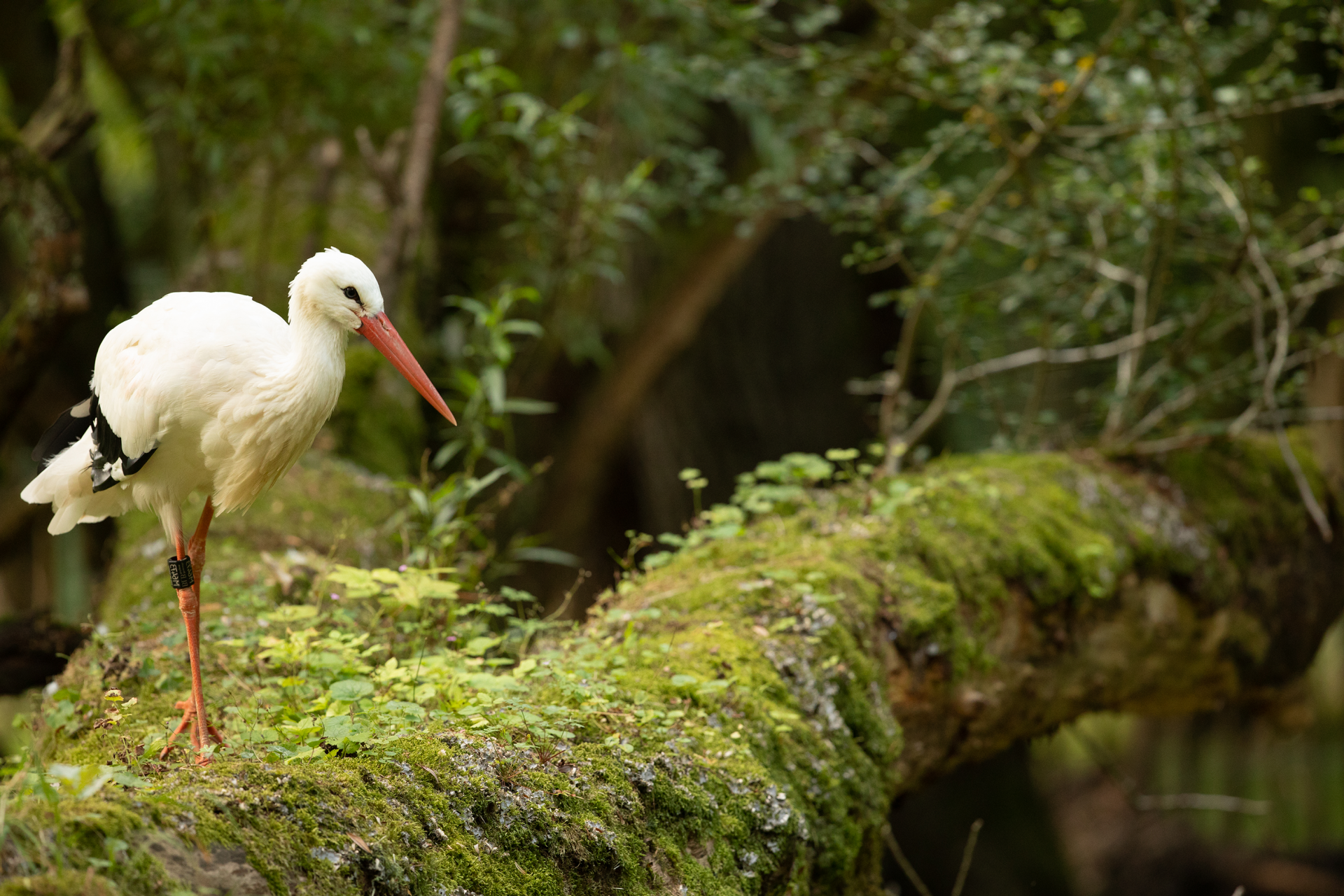
Discover the European Big 5
The bison, the wolverine, the wolf, the lynx and the brown bear
